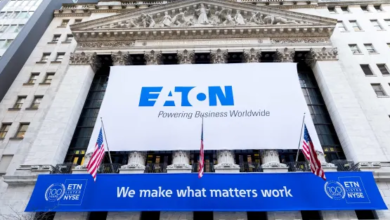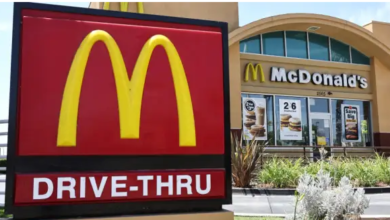“Navigating the Decline in Feed Costs: Insights from Agri Commodities Research”

Carlos Mera, the head of agri commodities research at Rabobank, anticipates a decline in feed costs over the next year. This projection stems from the global surplus of key ingredients like corn, wheat, and soy, which is poised to outstrip dwindling demand.
READ: Navigating Amsterdam’s Waterways: A Canal Cruise Experience
Carlos Mera
Mera’s insights shed light on the evolving dynamics within the agricultural sector, particularly in relation to feed production. With ample supplies of essential grains such as corn, wheat, and soy, the market is expected to experience downward pressure on prices. This surplus arises from various factors, including favorable weather conditions, robust harvests, and improved agricultural productivity.
The anticipated drop in feed costs carries significant implications for various stakeholders across the agricultural value chain. Livestock producers, for instance, stand to benefit from reduced input expenses, thereby enhancing their profit margins. Additionally, industries reliant on feed inputs, such as poultry, dairy, and aquaculture, may experience a positive impact on their operational costs, fostering greater competitiveness and sustainability.
Furthermore, the projected decrease in feed costs aligns with broader trends in the global economy, where softening commodity prices contribute to easing inflationary pressures. This development is particularly relevant for consumers, as lower feed costs could translate into more affordable food products across retail shelves, offering relief amid economic uncertainties.
However, while the prospect of declining feed costs presents opportunities for cost savings and enhanced market competitiveness, it also underscores the need for prudent risk management strategies. Market volatility, geopolitical tensions, and unforeseen disruptions in supply chains remain potential challenges that could influence feed prices in unpredictable ways.
In response to these dynamics, stakeholders within the agricultural sector are encouraged to adopt proactive approaches to mitigate risks and capitalize on emerging opportunities. This may involve diversifying sourcing strategies, exploring alternative feed ingredients, and implementing robust hedging mechanisms to safeguard against price fluctuations.
Moreover, Mera’s outlook underscores the interconnectedness of global agricultural markets and the importance of monitoring macroeconomic trends and geopolitical developments. Factors such as trade policies, currency fluctuations, and shifts in consumer preferences can exert significant influence on feed prices, necessitating a nuanced understanding of market dynamics and adaptive decision-making.
In conclusion, Carlos Mera’s assessment of declining feed costs offers valuable insights into the evolving landscape of the agricultural sector. With global supplies of key ingredients such as corn, wheat, and soy outpacing demand, stakeholders are poised to benefit from reduced input expenses and enhanced market competitiveness. However, prudent risk management remains essential to navigate potential challenges and capitalize on emerging opportunities in the dynamic feed market landscape.




